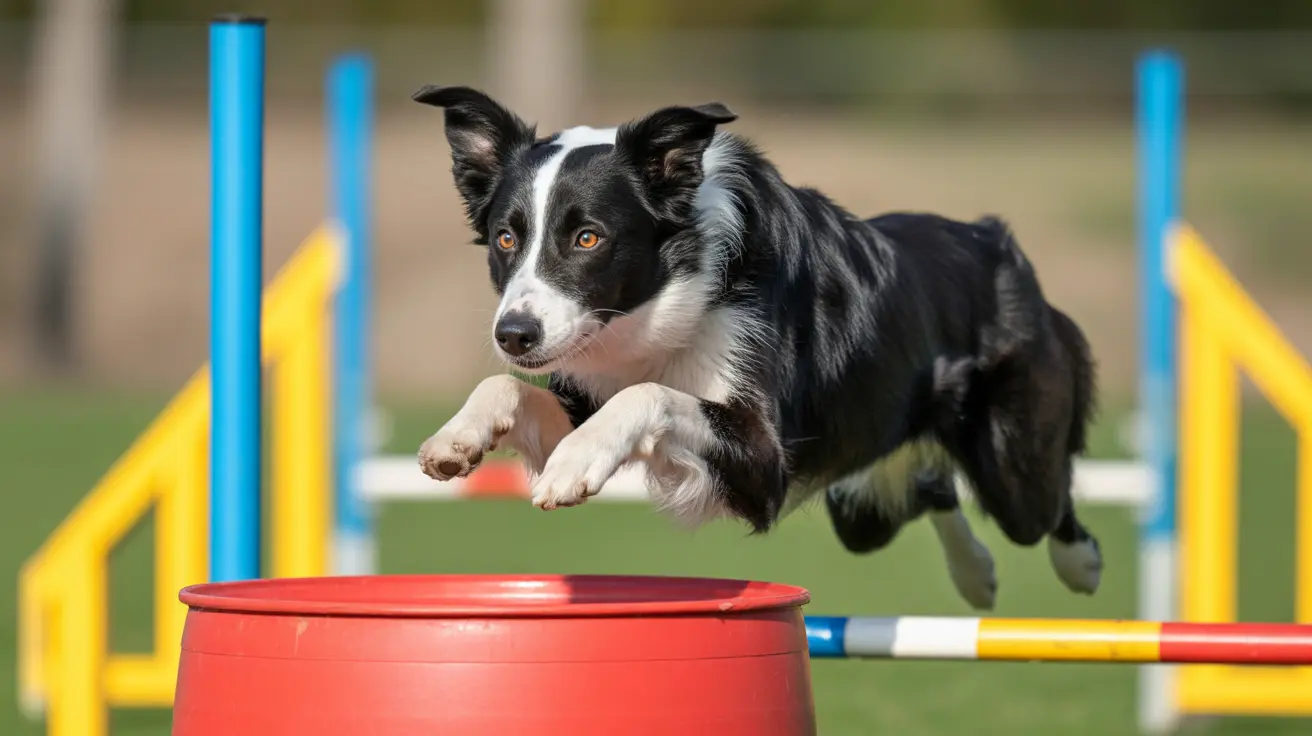Understanding the 7-7-7 Rule for Dogs: A Training and Behavior Insight
The
7-7-7 rule for dogs is not a universally standardized or scientific rule but a conceptual guideline used by some dog trainers and behaviorists to help dog owners and professionals better understand and monitor canine behavior. It involves observing a dog’s behavior at different time intervals: every 7 seconds, 7 minutes, and 7 hours. This pattern encourages consistent and mindful observation, which can be invaluable when addressing behavioral concerns.
What is the 7-7-7 Rule?
The idea behind the 7-7-7 rule is based on consistent behavioral assessment:
- 7 Seconds: Observe your dog’s immediate behavior such as posture, eye contact, tail movement, body position, and any sudden vocalizations or reactions. This helps spot moment-to-moment emotional shifts and triggers.
- 7 Minutes: Assess behavior patterns that may indicate stress, overstimulation, or anxiety over a short period. Are behaviors escalating? Is the dog calming down or becoming more agitated?
- 7 Hours: Evaluate broader trends and responses throughout the day. Did particular events or interactions influence your dog's mood or actions?
By using the 7-7-7 approach, dog owners and trainers can detect subtle changes and connect them with external stimuli, leading to a better understanding of what is affecting a dog’s emotional state.
Why Observation Matters in Dog Behavior
Many behavioral issues in dogs stem from unrecognized stimuli, inconsistent correction, or emotional responses to the environment. Observing a dog consistently helps establish:
- The dog’s baseline temperament
- Triggers that lead to fear, aggression, or excitement
- Patterns of positive or negative reinforcement
- Effectiveness of training techniques
Consistent observation also contributes to **proactive intervention**, allowing owners to redirect or manage behaviors before they escalate. This is especially useful in cases involving separation anxiety, resource guarding, or reactivity to other dogs or people.
When to Involve a Professional
According to canine behavioral professionals, unwanted behaviors such as excessive barking, leash reactivity, or aggression often require specialized help. Understanding when to move beyond at-home solutions is part of responsible dog ownership.
Situations that may require a professional:
- Persistent behaviors unresponsive to basic training
- Signs of fear or extreme anxiety
- Potentially dangerous behaviors, such as biting or aggression
- Sudden changes in behavior without a clear cause
Before seeking a trainer or a behaviorist, it's important to rule out any underlying **medical concerns** through a veterinary checkup.
Dog Behavior Specialist Options
Depending on the severity of the issue, you may consider contacting one of the following professionals:
- Dog Trainers: Focus on basic obedience and manners
- Certified Professional Dog Trainers (CPDT): Trained in reward-based methods and advanced techniques
- Applied Animal Behaviorists (CAAB/ACAAB): Hold advanced degrees and analyze behavior based on scientific principles
- Veterinary Behaviorists (DACVB): Veterinarians with behavioral residency who can prescribe medication and diagnose behavioral disorders
How to Choose the Right Professional
Some tips when selecting a behavioral expert:
- Review credentials and certifications
- Ensure they use positive reinforcement methods
- Avoid outdated dominance-based techniques
- Ask for references and observe sessions if possible
Respected certifying organizations include the **Certification Council for Professional Dog Trainers (CCPDT)**, **International Association of Animal Behavior Consultants (IAABC)**, and the **American College of Veterinary Behaviorists (DACVB)**.
Consistency is Key
Behavior change in dogs is not instantaneous. Using the 7-7-7 rule instills a habit of mindfulness and patience in owners. Whether paired with group sessions, private training, or behavior consultation, the technique ensures owners stay engaged and attuned to their dog’s progress.
Training and behavior modification are collaborative efforts between the dog, the human, and the professional. When guided by consistent observation and informed help, even complex issues can often be resolved, leading to a better quality of life for both pet and owner.





